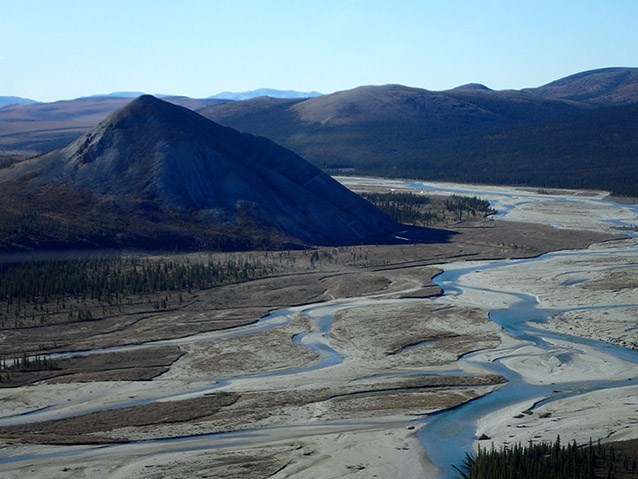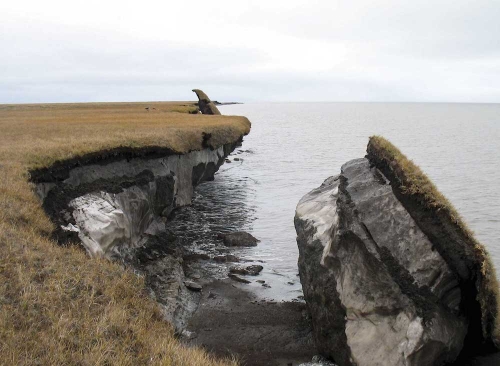 A recent study shows that melting permafrost in western Canada is leaking acid and threatening the surrounding environment.
A recent study shows that melting permafrost in western Canada is leaking acid and threatening the surrounding environment.
Permafrost is ground containing soil, rock, and minerals and that remains frozen for at least two consecutive years.
While two years may not seem like a long time, did you know that most of the world's current permafrost was formed more than 11,000 years ago during cold glacial periods?
Now, these areas of permafrost are thawing in the northern parts of America, Europe, and Asia due to global warming.
Why Is It A Problem?
As permafrost thaws, organic matter (such as plant matter) are exposed to microbes. These microbes break down the organic matter releasing greenhouse gases like carbon dioxide and methane.
 When greenhouse gases are released into the atmosphere, they trap heat and radiation resulting in an increase in Earth's temperature. This increase in temperature then causes more permafrost to melt, subsequently releasing more greenhouse gases.
When greenhouse gases are released into the atmosphere, they trap heat and radiation resulting in an increase in Earth's temperature. This increase in temperature then causes more permafrost to melt, subsequently releasing more greenhouse gases.
This process is called a positive feedback loop -- this is because the effect of a stimulus (melting permafrost releases greenhouse gases) causes an amplification or increase of the initial stimulus (melting of even more permafrost due to warming). It is estimated that there are 1,500 billion tons of carbon stored in permafrost- that is twice the amount of carbon that is currently in the atmosphere!
The melting of arctic permafrost poses many risks. As permafrost thaws, the ground becomes unstable causing infrastructures such as roads, buildings, and pipelines to buckle. The buckling can even cause trees in forests to tip over due to the instability of the melting ground. In addition, it poses many environmental consequences such as habitat loss for animals such as polar bears.
What Is Acid Leakage?
 Now scientists are concerned about yet another impact of thawing permafrost - acid leakage.
Now scientists are concerned about yet another impact of thawing permafrost - acid leakage.
Permafrost has different kinds of minerals, and when it thaws, these minerals mix with the meltwater to form sulfuric and carbonic acid. This leakage can further speed up the weathering of the surrounding landscape and rock. Weathering is the breakdown or dissolving of rocks and minerals on the Earth's surface.
Scientists say that this acid leakage could have two effects. If the acid leakage contains sulfuric acid, the resulting weathering will cause the release of even more carbon than initially estimated in the Arctic. However, if the leakage contains carbonic acid, weathering could actually trap more carbon from the atmosphere, lessening the effects of melting permafrost on global warming.
At the moment, scientists are not sure what portion of melting permafrost contains each acid. Regardless, they are concerned with what this possible increase in carbon emissions means for the rate of global warming.
Sources: PRI, Newsweek, IFLScience, arctictoday, arcticportal.org











